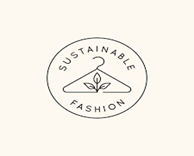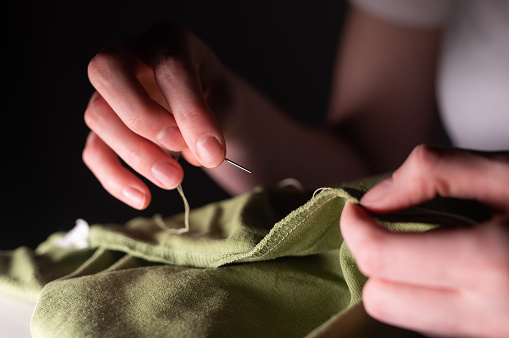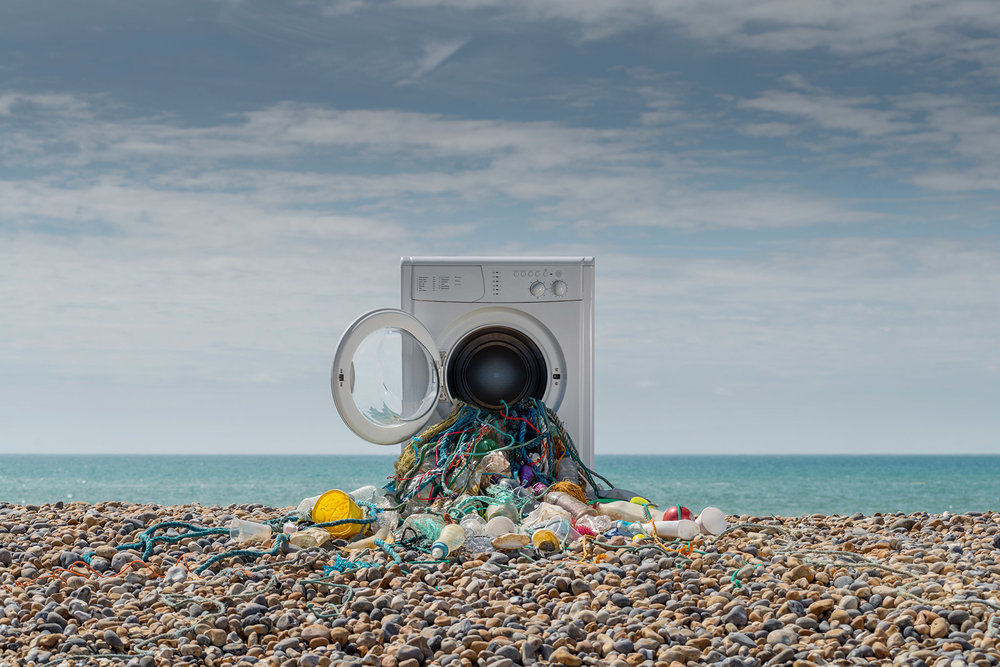by Trevor Sanders, intern for American Sustainability
There has been a lot of talk about sustainable clothing on commercials, the news, and among friends in my life recently and I thought it would be a good opportunity to talk about why this topic has grown in popularity within the last few years.
Clothing is something that we all need as humans. We buy new clothes, either outgrow them or decide we no longer wish to have them in our wardrobe, get rid of them, and buy more clothes. This is a cycle that will be present as long as humans are thriving. There are huge amounts of waste and pollution that are connected to the clothing and fashion industry. 10% of all human caused carbon emissions are directly from the clothing industry. The production of clothes has harmful effects on our planets water supply, causing clean water to become polluted. The pollution continues after production due to the materials that are used to create the clothing which can be polyester, nylon, and acrylic. These materials are actually plastic and can take hundreds of years to biodegrade while sitting in landfills and our oceans. When these products end up in the ocean, and other parts of the environment, they are harmful to animals that are living there. The transport of clothing is also causing pollution to our environment. The energy and fuel that is used to transport clothing around the world can be compared to the emissions that are given off of 7 million cars in a year.
 Now that we have the bad out of the way, there has been changes made in a large number of factories that produce our clothes. Across the fashion industry, in 2013, over 3 thousand factories converted to the Global Organic Textile Standard. This means that 95% of the materials used to create the clothing must be organic, which means they will biodegrade and have a less harmful impact on the environment. The number of Global Organic Textile Standard factories has continued to rise since 2013.
Now that we have the bad out of the way, there has been changes made in a large number of factories that produce our clothes. Across the fashion industry, in 2013, over 3 thousand factories converted to the Global Organic Textile Standard. This means that 95% of the materials used to create the clothing must be organic, which means they will biodegrade and have a less harmful impact on the environment. The number of Global Organic Textile Standard factories has continued to rise since 2013.
Understanding that the clothing and fashion industry is one that is required for human life is something important to keep in mind. There are parts of the human population that are unable to afford clothes that are produced sustainably, there are people who need shoes, shirts, and pants to go to work every day, and there are children who need new clothes that fit every year as they are growing. There is no way that we will every completely get rid of the pollution that is caused by human’s need for clothing, but there are many things that can be done on an individual basis to help reduce these pollutants!
Shop sustainably when it is affordable! When the funds are available, we can shop from stores that are known for using products that are not harmful to the environment. We can also buy clothing that is not considered “fast fashion” products. Buying clothing that will last more than a few months will help decrease the waste from the clothing industry.

One more thing that we can do to help with the clothing industry pollution is buy “new-to-us” clothing from local thrift stores. There are many local shops in just about every town that make available clothing that is in wonderful shape and good as new!
While the pollution and unsustainable habits of the clothing industry seem daunting, there have been strides made in the right direction in recent years. The voice of sustainability is being heard by major clothing companies and the factories that make our clothing. There is still much to be done in regard to the pollution of the clothing industry, but the strides in the right direction are sure to continue for years to come.
